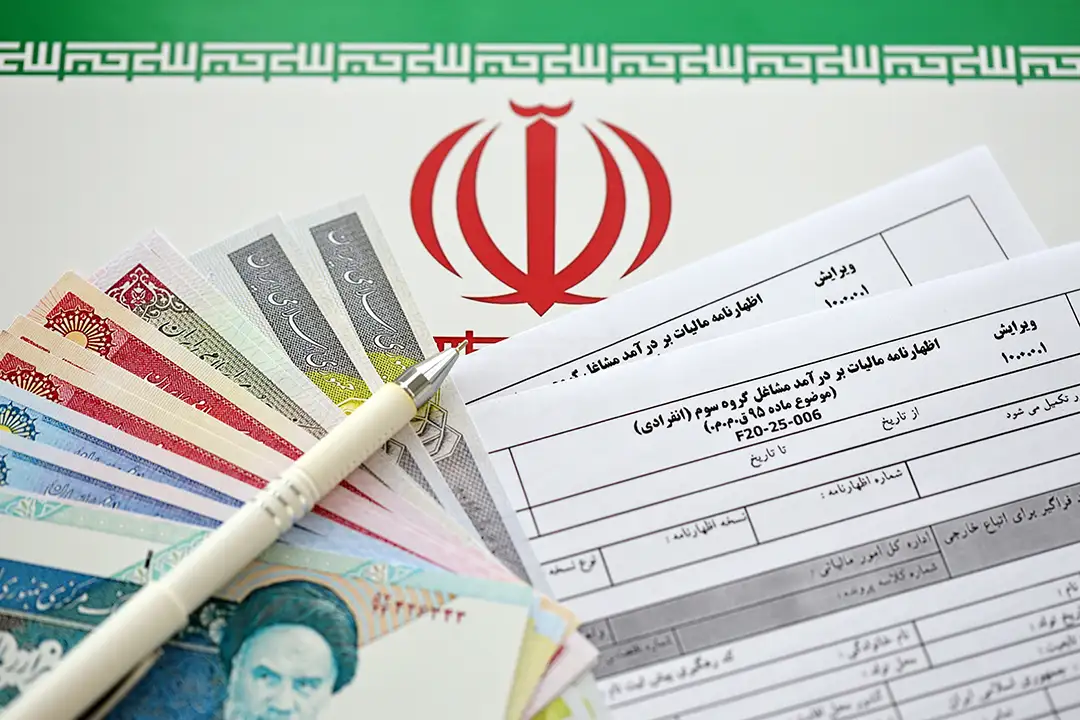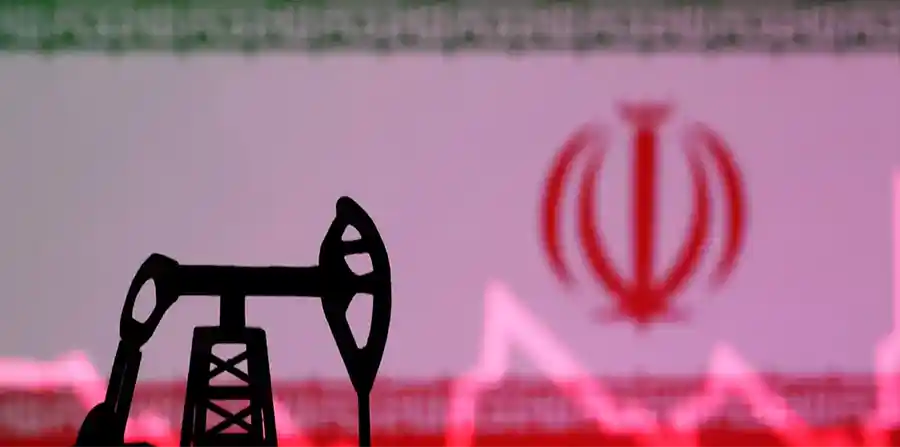Iran Trade Regulations for International Businesses: 2025 Guide
Understanding Iran Trade Regulations for International Businesses

For international businesses eyeing opportunities in Iran, navigating the country’s trade regulations is a critical first step. Iran, with its strategic location, vast natural resources, and a population of over 80 million, presents a tantalizing market. However, its complex regulatory landscape—shaped by sanctions, local laws, and geopolitical dynamics—can be daunting. This guide dives deep into Iran trade regulations for international businesses, offering actionable insights to help you assess risks, ensure compliance, and seize opportunities in this unique market as of April 2025.
Why Iran Matters for International Businesses
Iran boasts the second-largest economy in the Middle East and North Africa (MENA) region, driven by its hydrocarbon sector, agriculture, and a growing services industry. With the world’s second-largest natural gas reserves and fourth-largest crude oil reserves, energy remains a cornerstone of its economy. Yet, its relatively diversified market—spanning manufacturing, pharmaceuticals, and technology—offers diverse entry points for foreign players. For international businesses, Iran represents untapped potential, but success hinges on understanding the trade regulations that govern cross-border commerce.
The Backbone of Iran Trade Regulations
Iran’s trade regulations for international businesses are a blend of domestic policies and international restrictions. The Iranian government plays a dual role as both a market regulator and a major economic actor, owning key industries like oil, gas, and manufacturing. This state-centric approach, combined with external sanctions, creates a unique framework that foreign businesses must navigate.
Key Domestic Regulations
- Foreign Investment Promotion and Protection Act (FIPPA)
Introduced in 2002, FIPPA is Iran’s cornerstone legislation for attracting foreign investment. It offers protections like repatriation of capital and profits, non-discrimination against foreign investors, and compensation for expropriation. For international businesses, this act provides a legal safety net, though approvals from the Organization for Investment, Economic, and Technical Assistance of Iran (OIETAI) are required. - Customs and Tariffs
Iran’s Customs Administration oversees import/export duties, which vary by product. High tariffs often protect local industries (e.g., agriculture), while incentives exist for goods unavailable domestically, like advanced technology. Businesses must register with the Ministry of Industry, Mine, and Trade and obtain import/export permits, a process that can be bureaucratic but is essential for compliance. - Free Trade Zones (FTZs)
Iran hosts several FTZs, such as Kish Island and Qeshm, where trade regulations are relaxed. These zones offer tax exemptions, simplified customs procedures, and fewer restrictions on foreign ownership—ideal for businesses testing the market without full mainland commitment. - Banking and Payment Systems
The Central Bank of Iran regulates financial transactions, but international businesses face hurdles due to limited direct banking ties with Western institutions. Payments often rely on third-country intermediaries or barter systems, especially under sanctions pressure. The rial’s volatility (e.g., 41.5% inflation in 2023) adds another layer of complexity.

The Sanctions Overlay
Sanctions are the elephant in the room for Iran trade regulations for international businesses. While the 2015 Joint Comprehensive Plan of Action (JCPOA) briefly eased restrictions, the U.S. withdrawal in 2018 reimposed stringent measures, followed by the EU and UN maintaining their own frameworks. Here’s how they impact trade:
- U.S. Sanctions: Administered by the Office of Foreign Assets Control (OFAC), these target Iran’s oil, petrochemical, and financial sectors. Secondary sanctions penalize non-U.S. firms engaging in significant transactions with Iran, deterring many from entering the market.
- EU Sanctions: Post-JCPOA, the EU lifted nuclear-related sanctions but retains human rights and arms-related restrictions. Trade in humanitarian goods (e.g., pharmaceuticals) is permitted, but dual-use items face scrutiny.
- UN Sanctions: Focused on nuclear proliferation and arms, these are less extensive but still require compliance from UN member states.
For businesses, sanctions mean rigorous due diligence. Trading in permitted sectors like agriculture or medicine is possible, but dealings with designated entities (e.g., the Islamic Revolutionary Guard Corps) can trigger penalties. (Read this: Is it legal to do business with Iran)
Opportunities Amid the Challenges
Despite the regulatory maze, Iran offers compelling opportunities for international businesses willing to adapt. Here’s where the potential lies:
1. Energy and Petrochemicals
Iran’s oil and gas dominance is undeniable, but sanctions have shifted focus to downstream products like petrochemicals. International firms with expertise in refining or technology transfer can find a foothold, especially in FTZs.
2. Pharmaceuticals and Healthcare
With 90% of its population under government insurance, Iran’s healthcare sector is robust yet underserved. Foreign companies supplying advanced drugs or medical equipment unavailable locally can leverage exceptions in sanctions regimes.
3. Consumer Goods
Iran’s young, urbanized population—over half under 30—craves branded goods. From tech gadgets to fashion, there’s demand for quality imports, though logistics and payment hurdles require creative solutions.
4. Infrastructure and Technology
Years of isolation have left Iran’s infrastructure lagging. Businesses offering engineering, renewable energy, or digital solutions can tap into government modernization plans, often outlined in five-year economic strategies.
Practical Steps for Compliance
Navigating Iran trade regulations for international businesses demands a proactive approach. Here’s how to get started:
Step 1: Conduct Thorough Due Diligence
- Sanctions Screening: Check partners against OFAC’s Specially Designated Nationals (SDN) list, EU sanctions lists, and UK’s Consolidated List of Targets. Avoid entities linked to prohibited activities (e.g., nuclear or military programs).
- Local Partner Vetting: Ensure Iranian counterparts aren’t state-owned or sanctioned. Private-sector firms (20% of the economy) are safer bets.
Step 2: Secure Licenses and Approvals
- Export/Import Licenses: For controlled goods (e.g., dual-use tech), obtain licenses from your home country’s authorities (e.g., U.S. BIS, UK ECJU) and Iran’s Ministry of Industry.
- OFAC General Licenses: For U.S.-linked firms, explore humanitarian exemptions (e.g., food, medicine) under General License 8A.
Step 3: Manage Payments Creatively
- Third-Country Banks: Use financial institutions in countries like Turkey or the UAE with ties to Iran.
- INSTEX Mechanism: The EU’s Instrument in Support of Trade Exchanges facilitates limited trade, though its scope remains small (millions, not billions).
Step 4: Leverage Free Trade Zones
Start in FTZs to minimize regulatory friction. Kish Island, for instance, allows 100% foreign ownership and streamlined customs—perfect for pilot projects.
Step 5: Stay Updated
Geopolitical shifts—like U.S. policy changes or Iran’s nuclear talks—can alter sanctions overnight. Monitor updates from OFAC, the UK’s Department for Business and Trade (DBT), and the European External Action Service (EEAS).
Risks to Watch Out For
While opportunities abound, risks loom large in Iran’s trade landscape:
- Sanctions Volatility: A new U.S. administration or regional conflict could tighten restrictions, disrupting operations.
- Banking Barriers: Major banks’ reluctance to re-engage with Iran (due to compliance costs) limits financing options.
- Currency Instability: The rial’s depreciation erodes profit margins unless hedged via advance payments or local currency deals.
- Corruption and Bureaucracy: Iran ranks high on the Global Organized Crime Index for state-embedded criminality, complicating dealings with officials.
Case Studies: Success and Caution
Success: European Pharma Exports
Post-JCPOA, companies like Germany’s Bayer capitalized on relaxed EU sanctions to export pharmaceuticals to Iran. By focusing on humanitarian goods and using INSTEX, they built a steady market presence.
Caution: U.S. Secondary Sanctions
In 2019, a Chinese firm faced OFAC penalties for buying Iranian oil, despite no direct U.S. ties. This underscores the extraterritorial reach of U.S. sanctions—a red flag for international businesses.
The Future of Iran Trade Regulations
As of April 2025, Iran’s trade environment remains fluid. The government’s push to diversify beyond oil—evident in its pivot to petrochemicals and regional trade with neighbors like Qatar—signals openness to foreign partners. Yet, without a JCPOA revival or sanctions relief, international businesses must operate within tight constraints. The rial’s stabilization efforts and FTZ expansions could ease entry, but geopolitical tensions will likely keep risks elevated.

Table: Iran Trade Regulations for International Businesses (April 2025)
| Section | Key Points | Details | Implications for Businesses |
|---|---|---|---|
| Why Iran Matters | Strategic location, vast resources, large population, diversified economy | – 2nd largest MENA economy<br>- 2nd largest gas reserves, 4th largest oil reserves<br>- 80M+ population | High potential in energy, consumer goods, and tech; requires regulatory navigation |
| Domestic Regulations | Governed by FIPPA, customs tariffs, FTZs, and banking restrictions | – FIPPA (2002): Protects foreign investment, requires OIETAI approval<br>- Customs: High tariffs on some goods, incentives for tech<br>- FTZs: Tax exemptions, 100% foreign ownership<br>- Banking: Limited Western ties, rial volatility (41.5% inflation, 2023) | Legal protections exist, but bureaucracy and payment challenges need creative solutions |
| Sanctions Overlay | U.S., EU, and UN sanctions shape trade restrictions | – U.S. (OFAC): Targets oil, finance; secondary sanctions hit non-U.S. firms<br>- EU: Humanitarian trade allowed, dual-use restricted<br>- UN: Nuclear/arms focus | Strict compliance required; focus on permitted sectors (e.g., food, medicine) to avoid penalties |
| Opportunities | Energy, pharmaceuticals, consumer goods, infrastructure | – Energy: Petrochemicals in FTZs<br>- Pharma: High demand, sanctions exceptions<br>- Consumer: Young market (50% under 30)<br>- Infra: Modernization needs | Niche entry points available; leverage FTZs and humanitarian exemptions for lower risk |
| Practical Steps | Due diligence, licenses, payment strategies, FTZ use, staying updated | – Screening: Check SDN, EU/UK lists<br>- Licenses: Export/import permits, OFAC General License 8A<br>- Payments: Use Turkey/UAE banks, INSTEX<br>- FTZs: Start small<br>- Monitor: OFAC, DBT, EEAS updates | Proactive compliance and flexibility in payments key to success |
| Risks | Sanctions volatility, banking barriers, currency instability, corruption | – Sanctions: U.S. policy shifts<br>- Banking: Major banks avoid Iran<br>- Rial: Depreciation risk<br>- Corruption: High state-embedded criminality | Risk management essential; hedge via advance payments, avoid state entities |
| Case Studies | Success in pharma exports; caution from secondary sanctions | – Success: Bayer (Germany) used INSTEX for pharma<br>- Caution: Chinese firm penalized for oil trade (2019) | Learn from precedents: stick to compliant sectors, beware extraterritorial sanctions |
| Future Outlook | Diversification beyond oil, FTZ growth, but sanctions persist | – Push for petrochemicals, regional trade (e.g., Qatar)<br>- No JCPOA revival yet<br>- Rial stabilization efforts | Opportunities growing, but geopolitical stability critical for long-term planning |
| Final Thoughts | High-stakes, high-reward market requiring regulatory mastery | – Start in FTZs, focus on compliant sectors<br>- Build risk management into strategy | Patience and strategic entry can unlock Iran’s potential |
Final Thoughts
For international businesses, Iran is a high-stakes, high-reward market. Mastering Iran trade regulations for international businesses requires blending legal savvy, strategic patience, and local insight. Start small—perhaps in an FTZ—focus on compliant sectors, and build robust risk management. The payoff? Access to a resilient, resource-rich economy eager for global integration. Ready to explore? The first step is understanding the rules of the game—and this guide is your playbook.
Reference: Trade with Iran







